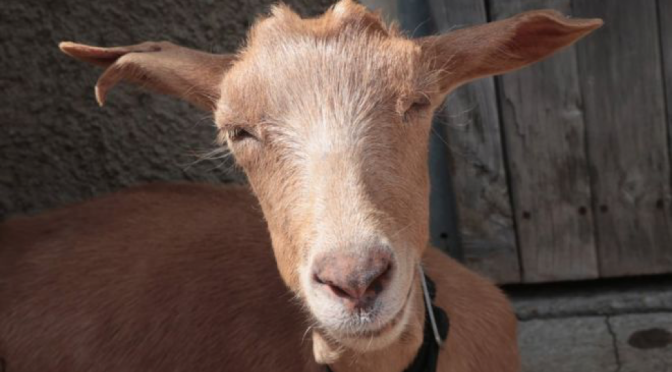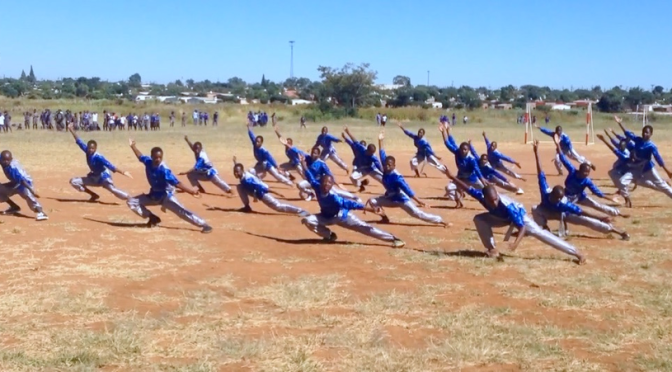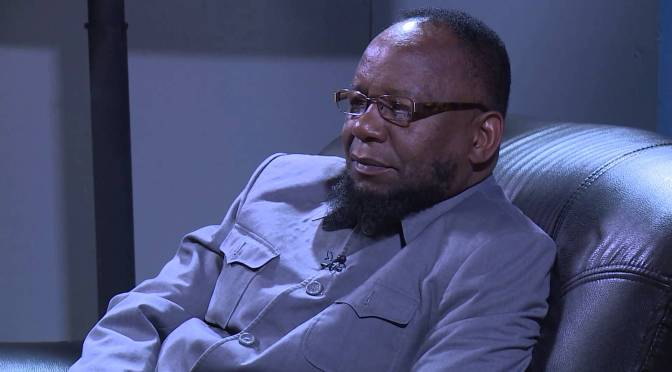
By Brenda Nozipho Ncube.
Being a single mother in a patriarchal African society is living in hell while still on earth. They are called names by the very society that should be protecting them.
When it comes to marriage, there is a general skepticism towards marrying a single mom. Men would approach them just to get a fix and move on as they are seen as cheap targets desperate for them.
There is an assumption in society that single mothers are failures in life. They are treated as outcasts, loose people who could not maintain and preserve their dignity until they marry.
On the other hand, men can have as much children they want even with different mothers before they marry and they will still want to marry a virgin or someone who does not have a child and the society is okay with that.
Why is it that the same society crucifies women in every interaction they have with men, whether they are the ones at fault or not? When the society scorns and shun women, where is the men?
In having a child, there are two people involved, a man and a woman. A woman will endure the nine months of humiliation, going around showcasing evidence of unprotected or ‘ungodly sex’ as they love to put it.
A woman will be blamed for failing to close her legs, but where is the man who got between those legs because if she did open them without a man surely she would have remained a virgin. She is blamed for allowing men to trick her but where is the man that tricked her into this?
Before the society call single mothers names, here is what you need to know: Sometimes she is a single mom because she could not settle for less. Because she deserved better than how the ‘baby daddy’ was treating her or because the ‘baby daddy’ was an abusive monster who drank her tears and could not provide for her.
So yes, being a single mom is sometimes a choice that society need to respect because no one would really want to get married to a loser only because he impregnated her. Given a second chance she would really make it worthwhile.
To men, if I could change your mind about marrying a single mom?
Firstly, she has evidence that she could bear children. If she managed to raise her kid by herself, what will make her fail to take care of you and your children?
This is a woman with a plan for her life, who has seen it all and she is ready to settle. She is tired of a dramatic life and given a second chance, she can make out a warm home.
And to single mothers, keep your heads high, you are the queen mothers and you deserve better. Never settle for less. If he is tripping, leave the nigga alone because he does not deserve you.
To the society, please mind your own businesses!








